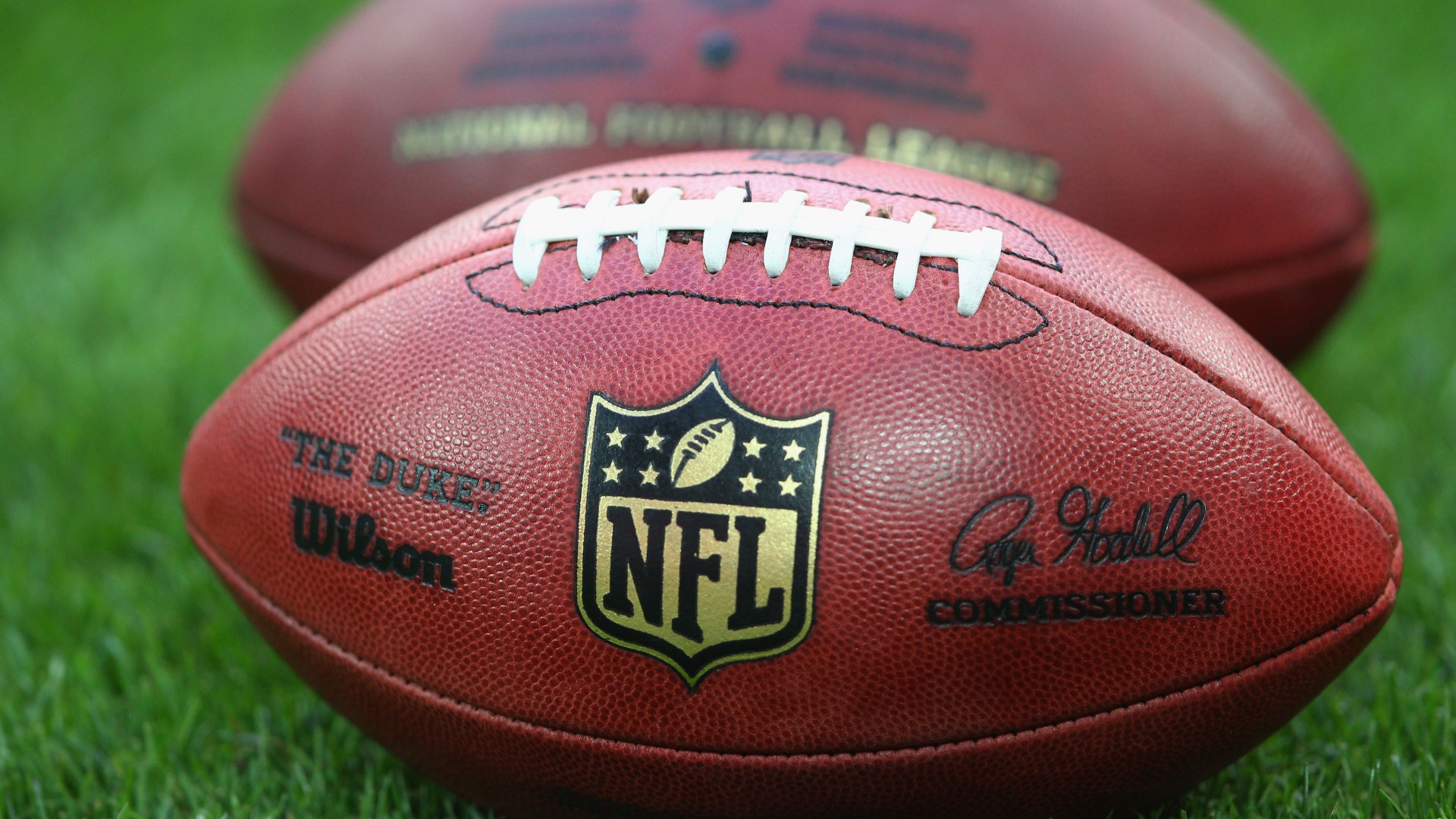
The Evolving Landscape: A Football Team Fan Base Analysis 2025
Football, or soccer as it’s known in some parts of the world, remains the undisputed global sport, captivating billions with its drama, passion, and tribal loyalties. At the heart of this colossal industry lies the fan base – a living, breathing entity that fuels club revenues, drives narratives, and ultimately defines a team’s identity and global standing. As we approach 2025, the dynamics of fan engagement are undergoing a seismic shift, driven by technological advancements, demographic changes, and an increasingly interconnected world. This analysis delves into the multifaceted nature of football fan bases, examining key trends, challenges, and opportunities that will shape their evolution in the near future.
The Anatomy of the Modern Fan Base: Beyond Geography
Traditionally, a football club’s fan base was predominantly local, tethered to the stadium and the surrounding community. While this core remains vital, 2025 sees the global fan base as the dominant force. The advent of high-speed internet, ubiquitous streaming services, and social media platforms has shattered geographical barriers, allowing a fan in Jakarta to follow Manchester United with the same fervour as someone in Salford, or a supporter in New York to obsess over Real Madrid as intensely as a Madrileño.
This global reach necessitates a nuanced understanding of fan segmentation. Beyond the ‘die-hard match-goer’ and the ‘casual armchair viewer,’ clubs must now account for:
- The Digital Native (Gen Z & Alpha): This demographic, having grown up with smartphones and social media, expects interactive, personalized, and bite-sized content. Their loyalty is often fluid, influenced by star players, viral moments, and online communities rather than solely by historical club allegiance.
- The Global Aspirant: Fans from emerging markets, often drawn to successful European giants, are eager for authentic connections, localized content, and opportunities to engage with their heroes despite geographical distance.
- The Social Activist: Increasingly, fans expect their clubs to embody social responsibility, align with ethical values, and take stands on pertinent global issues. Ignoring these expectations can lead to significant backlash and alienation.
- The ‘Metaverse’ Enthusiast: A growing segment keen on immersive digital experiences, virtual assets (NFTs), and new forms of ownership and interaction within a club’s digital ecosystem.
Key Metrics for Fan Base Analysis in 2025
Measuring the health and value of a fan base in 2025 goes far beyond ticket sales and merchandise revenue. A comprehensive analysis incorporates a blend of traditional and digital metrics:
- Digital Engagement Rate: This includes not just follower counts on platforms like Instagram, TikTok, X (formerly Twitter), and YouTube, but crucially, the interaction rate – likes, shares, comments, video views, and time spent on content. High engagement signals a passionate and active community.
- Global Reach & Demographic Penetration: Utilizing advanced analytics to map fan locations worldwide, understand age demographics, gender split, and even socio-economic profiles. This data is crucial for targeted marketing and global expansion strategies.
- Revenue Generation Per Fan: Beyond direct purchases, this includes subscription services (club TV, premium content), fan token adoption, virtual merchandise sales, and even indirect value generated through increased brand visibility for sponsors.
- Brand Sentiment & Loyalty Scores: Through sentiment analysis of online conversations, surveys, and direct feedback, clubs can gauge how fans perceive their brand, leadership, and performance. Loyalty is measured by retention rates for subscriptions, season tickets, and repeat purchases.
- Community Participation: Metrics around participation in online forums, fan-led initiatives, virtual events, and even real-world fan club activities indicate a deeply invested fan base.
- Esports & Gaming Audience Overlap: The intersection between traditional football fans and esports enthusiasts is growing. Analyzing the crossover provides insights into new avenues for engagement and revenue.
Drivers of Fan Base Growth and Engagement in 2025
Several factors will be paramount in cultivating and retaining a vibrant fan base by 2025:
- Hyper-Personalized Content Strategies: Generic content no longer suffices. AI-driven analytics will enable clubs to deliver highly personalized content streams to individual fans based on their viewing habits, preferred players, geographic location, and engagement history. Imagine a fan receiving bespoke highlights packages, exclusive interviews with their favourite player, or tailored merchandise offers.
- The Star Player Ecosystem: While team success remains critical, individual player brands are increasingly powerful. Clubs that effectively leverage the global appeal of their star players – through dedicated social media content, personal appearances (both physical and virtual), and collaborative brand deals – will see significant fan growth, particularly in emerging markets.
- Authentic Digital Storytelling: Beyond match highlights, clubs must invest in compelling, behind-the-scenes narratives that humanize players and staff, showcase club culture, and highlight community initiatives. This builds emotional connections that transcend on-pitch results. TikTok and YouTube Shorts are prime platforms for this.
- Web3 Integration & Fan Tokens with Utility: The initial hype and skepticism around fan tokens are giving way to a focus on tangible utility. By 2025, successful fan tokens will offer genuine benefits such as voting rights on minor club decisions (e.g., shirt designs, pre-season friendly locations), exclusive access to content or events, discounted merchandise, and unique digital collectibles (NFTs) that provide real value.
- Immersive Fan Experiences (Virtual & Physical): Clubs are exploring VR/AR technologies to offer virtual stadium tours, interactive training ground experiences, or even "watch parties" in the metaverse. For physical attendees, integrated technologies like smart stadiums with personalized services will enhance the matchday experience.
- Esports & Gaming Synergy: Recognizing the immense reach of the gaming industry, clubs are not just creating esports teams but integrating gaming into their fan engagement strategies. This includes player streams, fan tournaments, and in-game activations that bridge the gap between virtual and real-world football.
- Community & Social Impact Initiatives: Fans, especially younger generations, want to support clubs that stand for something more than just winning. Robust community programs, environmental sustainability efforts, and clear stances on social justice issues will foster deeper loyalty and attract a purpose-driven segment of the fan base.
- Localized Global Strategy: A global club needs a local touch. This means dedicated social media accounts in multiple languages, regional fan events, partnerships with local businesses, and content tailored to specific cultural nuances. Real Madrid and Manchester United, for example, have perfected this strategy in Asian markets.
Challenges and Considerations for 2025
Despite the exciting opportunities, clubs face significant challenges in managing their fan bases:
- Fickle Loyalty & Short Attention Spans: The digital age has fostered a culture of instant gratification. Fans can switch allegiances or lose interest quickly if a club underperforms or fails to provide engaging content.
- Competition for Attention: Football competes not just with other sports but with an ever-expanding array of entertainment options, from streaming services to online gaming. Clubs must constantly innovate to capture and retain attention.
- Data Privacy and Ethical Use of AI: As data collection becomes more sophisticated, clubs must navigate strict privacy regulations (e.g., GDPR) and ensure ethical use of AI in personalizing fan experiences, building trust, and avoiding intrusive practices.
- Maintaining Authenticity Amidst Commercialization: The pressure to commercialize every aspect of the club can alienate traditional fans who value authenticity and community spirit over pure profit. Striking the right balance is crucial.
- Combating Misinformation and Online Toxicity: Social media, while a powerful engagement tool, is also a breeding ground for misinformation and hateful discourse. Clubs must invest in robust moderation and community management to protect their brand and their fans.
- The Digital Divide: While the focus is on digital, clubs must not alienate older or less tech-savvy fans who prefer traditional engagement methods. A multi-channel approach remains essential.
Conclusion: The Fan at the Forefront
By 2025, a football club’s fan base will be more global, diverse, and digitally empowered than ever before. Success will hinge on a club’s ability to understand these evolving dynamics, leverage cutting-edge technology for personalized engagement, and foster a sense of community and belonging that transcends geographical boundaries. The future of football is not just about the players on the pitch or the trophies in the cabinet; it’s fundamentally about the passion, loyalty, and active participation of its fans. Clubs that prioritize genuine connection, embrace innovation responsibly, and truly put their supporters at the forefront of their strategy will be the ones that thrive in the exhilarating and challenging landscape of 2025 and beyond.



